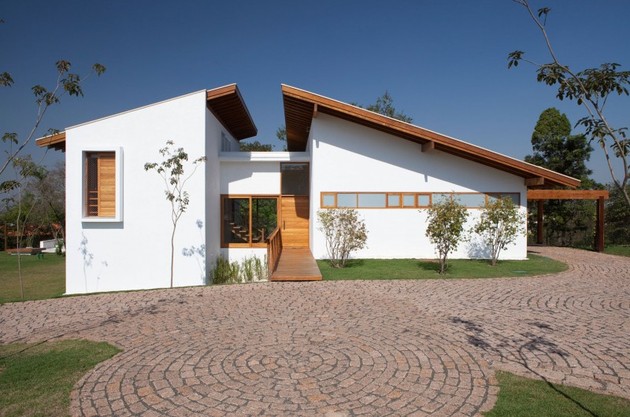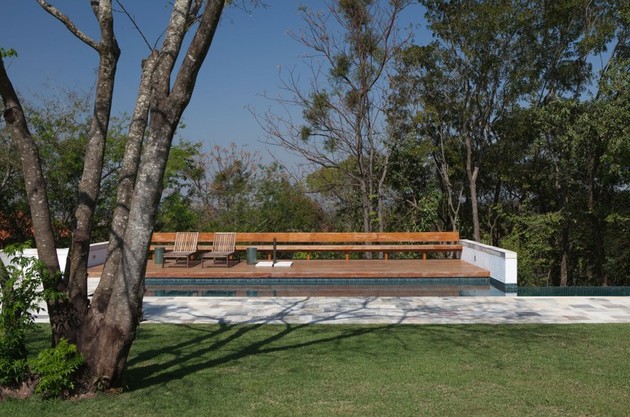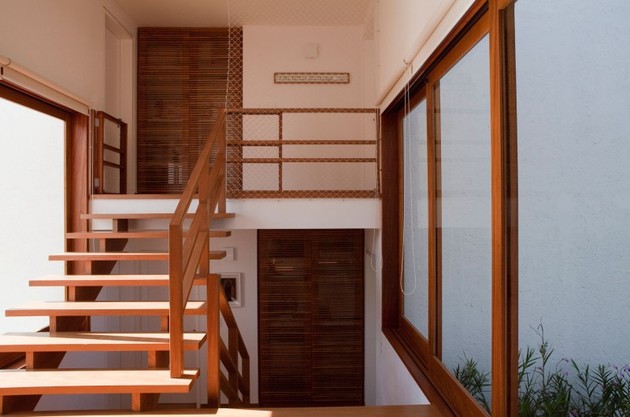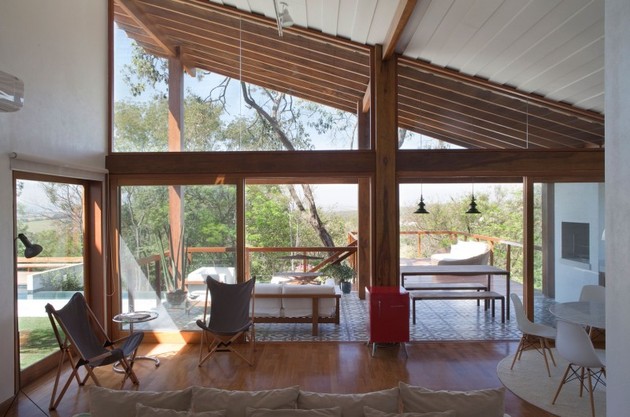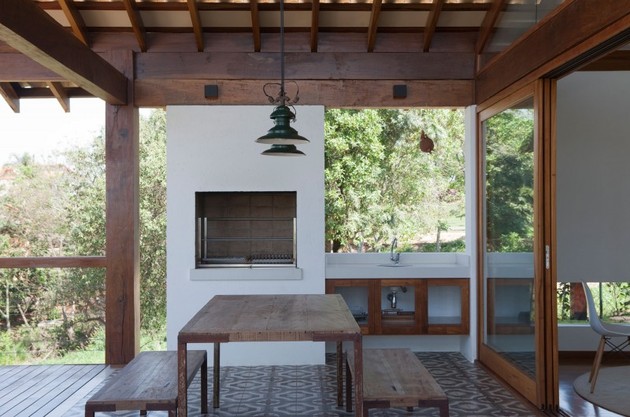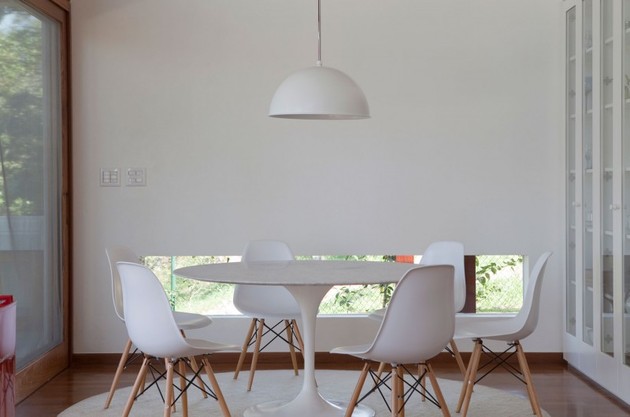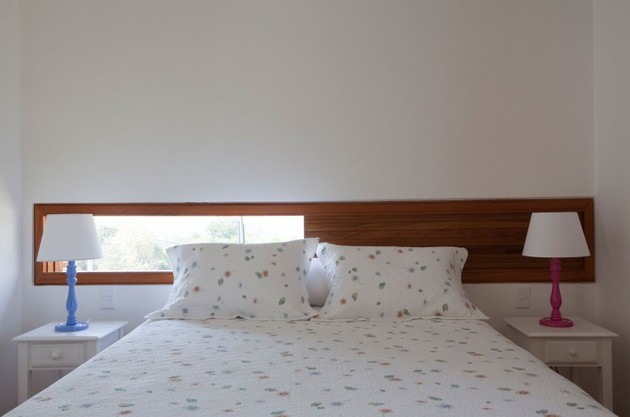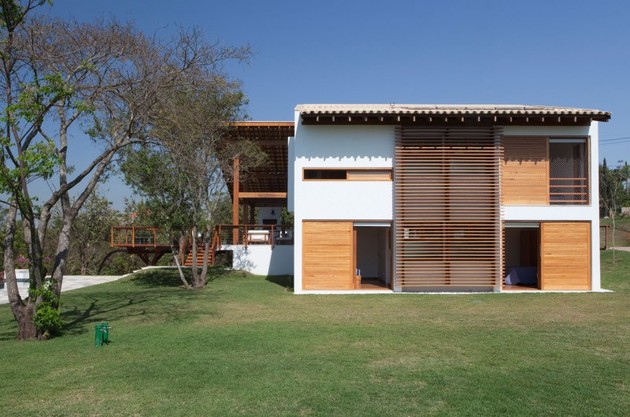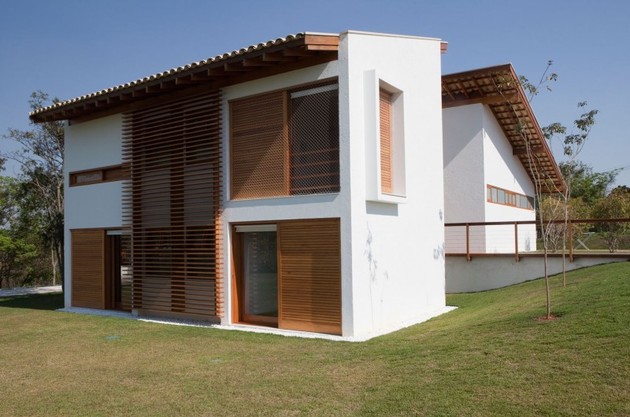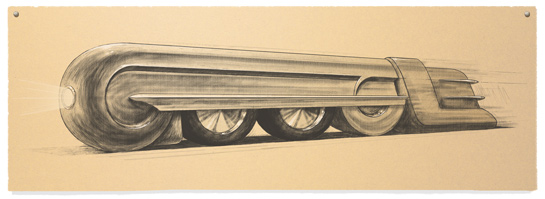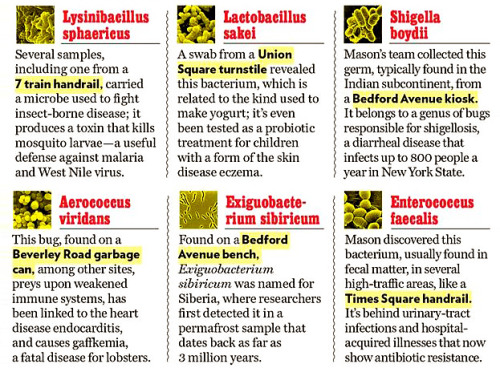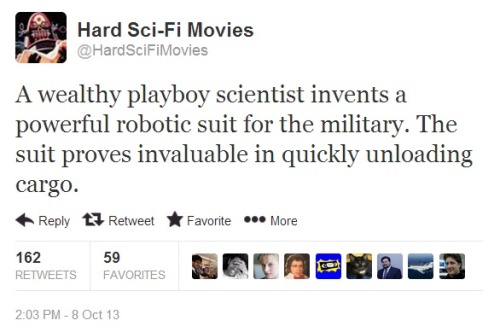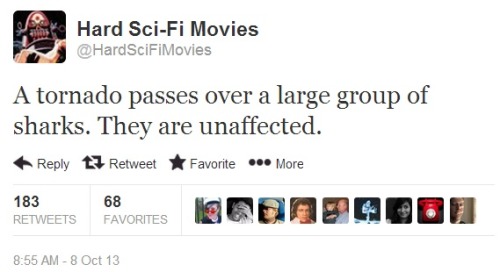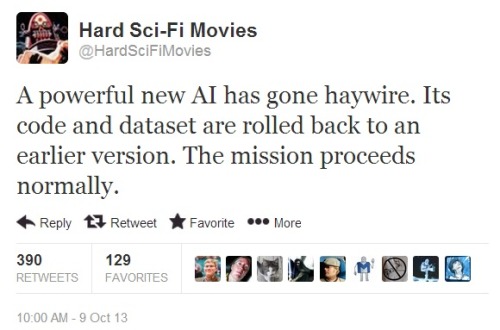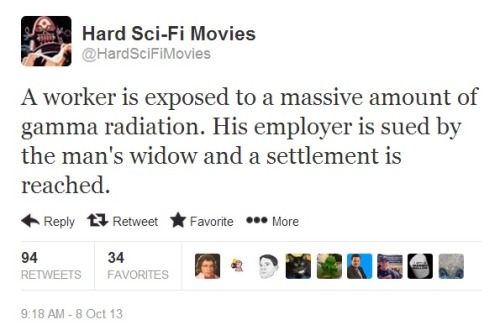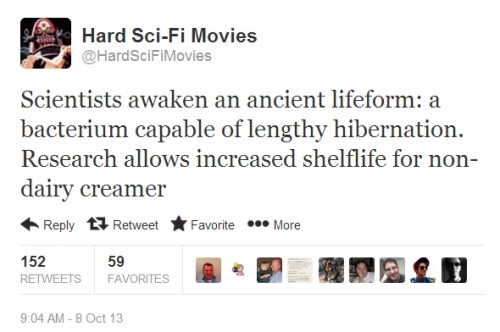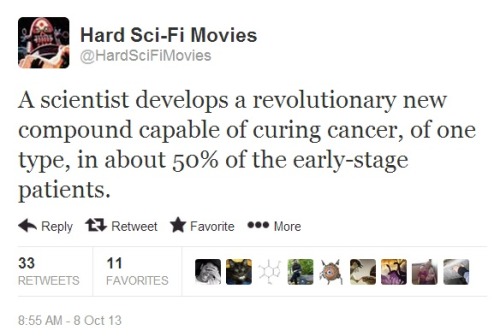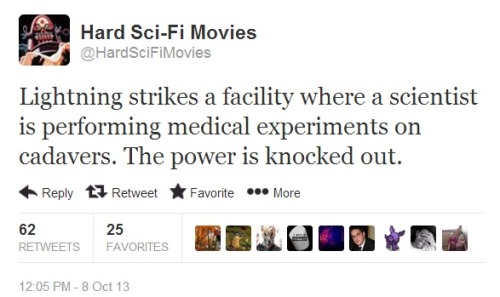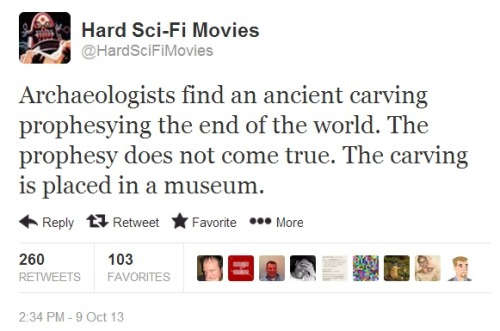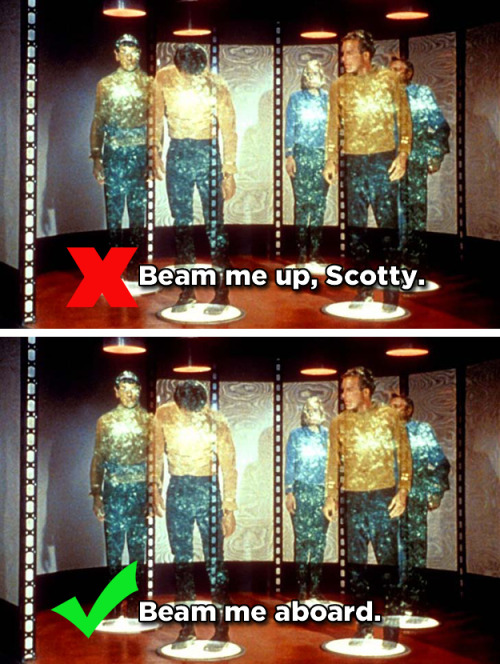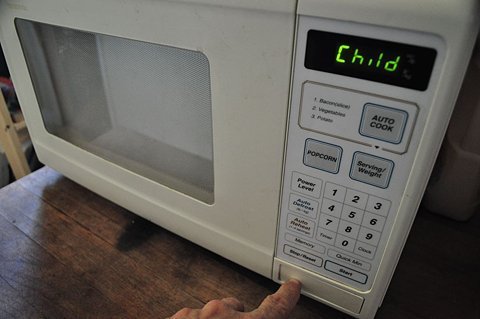Em 13 de junho de 2008, quando os melhores dias para a bolsa americana antes da crise já haviam passado, a OGX fez a maior oferta inicial da história da Bovespa até então (depois foi superada por Cielo, BB Seguridade e Santander). 6.7 bihões de reais foram levantados, e as ações fecharam o primeiro dia no pregão com mais de 8% de alta. Pouco menos de 2,000 dias depois, a empresa registrou um pedido de recuperação judicial na 5ª Vara Empresarial do Rio de Janeiro. O “case X” deve ser amplamente discutido nas escolas de negócios no futuro; aqui algumas lições que, prematuramente, podem ser extraídas dele:
1. Os riscos do Capitalismo de Estado
Ainda está para chegar uma conta precisa do prejuízo do grupo X para o Tesouro Nacional. Ao menos no caso da OGX, aparentemente os empréstimos do BNDES contavam com uma boa estrutura de garantias e pulverização de risco–o que fala bastante bem da capacidade técnica de estruturação financeira do banco (“BNDES has high underwriting standards and good collateral”, como citou, recentemente, a The Economist) e, ao mesmo tempo, torna implausível qualquer tentativa de transmitir para além do primeiro escalão qualquer culpa por más decisões.
De qualquer maneira, a tentativa de criar “campeões nacionais”, que começou a ser abandonada pelo governo neste ano, ganha mais uma pá de terra. A tentação de criar atalhos para um mercado de crédito ainda tímido e acelerar a consolidação de alguns mercados esbarrou em interesses políticos e baixa capacidade de execução. O aumento na dívida bruta e a consequente piora da percepção da qualidade do crédito soberano, a carteira da BNDESPAR repleta de ações subscritas a preços que não fazem sentido mesmo para o nível de otimismo manteguiano e o embaraço de políticos abraçando Eike e declarando-o como símbolo do “Brasil que dá certo” serão legados inconvenientes para o governo nas próximas eleições e para a economia nos próximos anos.
2. As dificuldades da exploração de petróleo
“Tenho alguma coisa com a natureza. Onde eu furo, eu acho.” Azar de quem acreditou nessa declaração de Eike e que o pré-sal era apenas uma versão ligeiramente mais complicada do campo de Ghawar (o maior do mundo, no leste da Arábia Saudita). A OGX passou longe do aproveitamento mítico propagandeado, e a euforia inicial com o novo petróleo brasileiro foi substituída por bem-vinda cautela e algum ceticismo. E, vale dizer, ainda estamos esperando pela auto-suficiência alardeada por Lula em 2006, que de maneira bizarra se converteu em uma política de subsídios para o preço de combustíveis que chegou a ameaçar o caixa da Petrobras.
Outra correção na rota foi o tácito reconhecimento, representado pelo leilão do campo de Libra, que tanto expertise quanto investimentos internacionais são necessários para viabilizar a extração no pré-sal. Aventureiros hiperativos operando com capital de risco podem ser apropriados para tocar empresas de software; petróleo requer paciência, bolsos fundos, mais paciência e mais bolsos fundos.
3. Os problemas de investir em um índice
A liquidez das ações da OGX, natural ou acelerada por mesas de operações de bancos, fez a Bovespa mudar a metodologia de cálculo do principal índice de referência do mercado de ações brasileiro, que havia sobrevivido inalterada por 45 anos. A mudança foi acertada e bem-vinda, um sinal de que investidores sérios passaram a ter mais voz no mercado do que os predadores que costumavam lucrar com manipulações. Ainda assim, por muito tempo os fundos passivos foram forçados a seguir investindo algo entre 3% e 5% de suas carteiras nos papéis de uma empresa que estava à beira da falência. Por outro lado, os gestores ativos tiveram, por um bom tempo, uma oportunidade extraordinariamente fácil de bater o mercado simplesmente evitando OGXP3 e outros notórios micos.
Eugene Fama ganhou um Nobel de economia este ano por mostrar que é muito difícil bater os mercados e seus índices. O último par de anos no Brasil pode não ter provado essa teoria errada, mas mostrou que nada substitui uma boa diligência na aplicação de recursos.
4. Mercados falham, ou: existem falhas de mercado
Apelo para uma simples amostra de relatórios de corretoras de grandes bancos sobre OGX. Três escolhidos ao acaso, publicados entre 2010 e 2011, projetam preços para as ações ordinárias entre R$ 22 e R$ 33 (a liquidação ontem foi a R$ 0,13). Frases como “grande qualidade dos ativos”, “extraordinária experiência dos executivos” e “foco em baixos custos” ilustram a empolgação do mercado refletida nas palavras dos analistas.
Analistas fazem suas projeções com as melhores informações disponíveis e algum grau de crença no que a companhia promete entregar. O problema aqui está na qualidade das “melhores informações” e quanto da incerteza que as cercava foi menosprezada. Não vejo uma solução fácil para isso, na medida em que haverá sempre o problema de informação assimétrica e parte do mercado depende da opinião de analistas para formar suas próprias crenças. Cabe, porém, refletir sobre definições de “risco”: é mais arriscado comprar ações generosamente precificadas de uma companhia que ainda não entregou nada ou apostar nas migalhas de sua recuperação judicial, quando todos os fatores negativos estão na mesa? A volatilidade, medida usual, é maior no segundo caso; a probabilidade de grandes perdas irreversíveis, não necessariamente.
5. A criação de milionários antes do lucro
O bom funcionamento do capitalismo manda que recompensas para os empreendedores venham do sucesso e retorno dos seus projetos, não da venda de promessas e planos de negócios. O “império X” criou milionários (além do próprio Eike, seus executivos e banqueiros), antes da OGX extrair seu primeiro barril de petróleo. Pior ainda que isso tenha envolvido a chancela do governo, se não tanto com dinheiro, com legitimação dos projetos. Se é verdade que no capitalismo brasileiro faltam empreendedores, os incentivos mostrados nesse caso apontam que vale mais ter boas conexões e relações públicas do que entregar retornos e, depois, colher os frutos. Não é esse tipo de empreendedor que o país precisa criar, mas talvez seja dos poucos viáveis, ou que nossas instituições incentivam.
Este artigo foi publicado originalmente na AE-News/Broadcast










